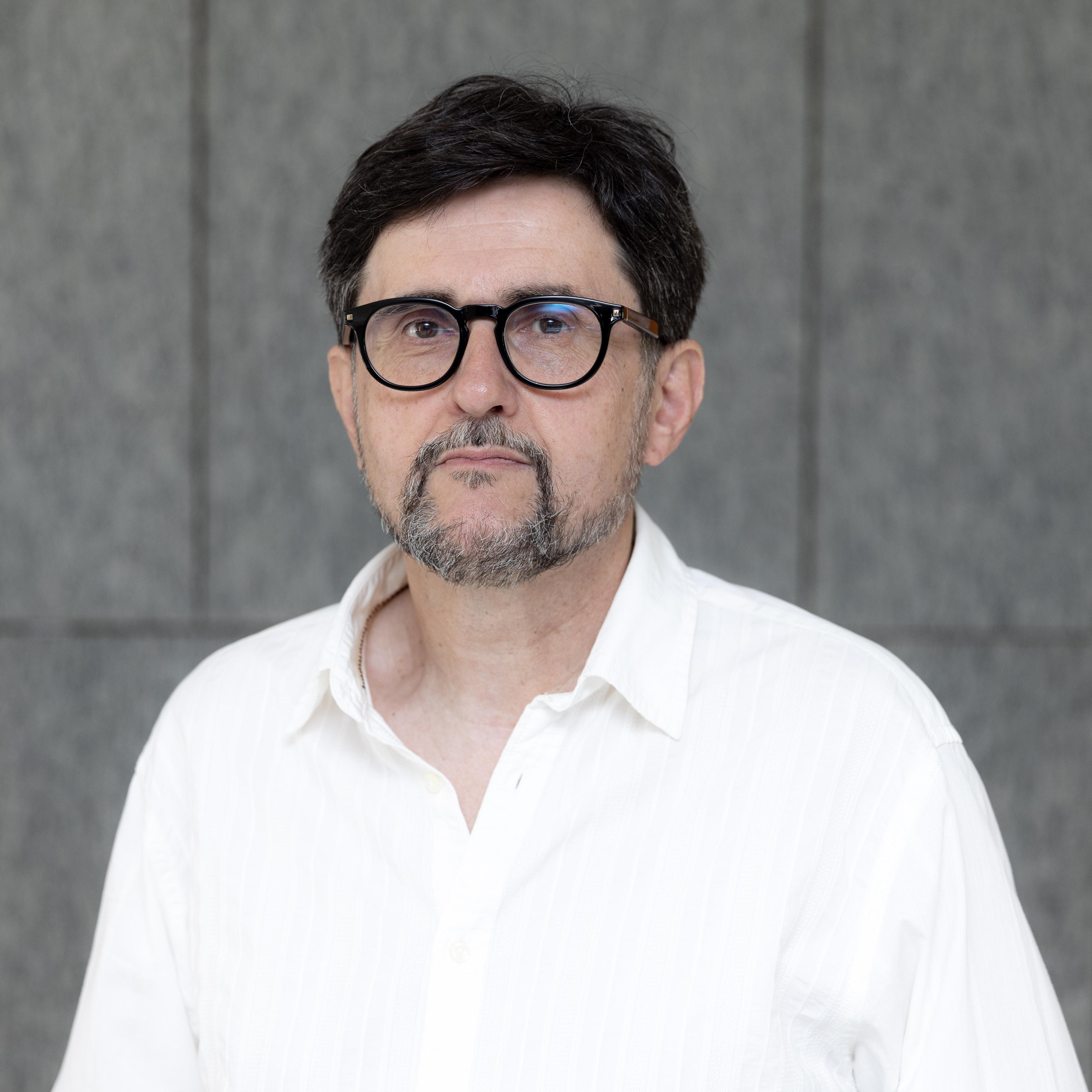
The silence that surrounds suicidal behaviour has contributed to ignorance and stigma being the usual way of dealing with this tragic situation.
Until very recently, it was considered that the less one talked about it, the better, because news reports or information about this behaviour could promote an imitation effect known as the Werther effect. We now know that despite the existence of this risk, the reality of the figures and a wide access to information forces us to modify the prevention strategies and the treatment of this behaviour.
In Spain and Catalonia, the death toll from suicide, far from dropping, has increased in recent years to 3,941 people and 556 respectively in 2020, the latest year for which we have official data. Can you imagine if these figures referred to gender violence, or traffic accidents? The political and social consequences would be enormous.
A lack of real prevention policies, the low number of mental health professionals, the gradual reduction of available spots in health centres, the widespread consideration that discussing mental health is not ‘in good taste’, and recently the economic crisis and the Covid pandemic have brought to light a situation that, despite existing for a long time, was ignored and practically invisible from a social standpoint.
People suffer emotionally, and one of the most serious effects of this suffering is undoubtedly that we can come to consider the possibility of taking our own lives as a reasonable solution to our suffering, even convincing ourselves that it is the best outcome for all the people who love us. In some cases, this distortion in our outlook can become so powerful that it comes to completely dominate our thinking, until we conclude that there is no other viable solution to solve our pain, our affliction.
The reality, however, is very different, and the loss of a loved one due to suicide has a devastating effect on family and friends, which fail to understand, in most cases, why it was not discussed, why the tragedy could not be avoided.
Freeing ourselves from pain cannot mean dying, as in the case of suicide, because many of the situations that drive to it can be temporary and could be solved if we dared to talk openly about our affliction and if the people around us knew how it is advisable to act in a situation like this. Now we know that silence, ignorance and stigma mean that people who have these thoughts generally have a lot of difficulty discussing them, because it is likely that those around them, although well-intentioned, ignore the warnings or belittle them, considering that they are unimportant, that ‘what you have to do is busy yourself more, and not be sad’.
Suicide prevention strategy must involve talking pedagogically about our mental and emotional health and raising awareness about the resources to which we are entitled as citizens. Suicidal behaviour is part of human behaviour, and just as discussing AIDS some time ago through advertising campaigns helped to reduce its growth and to fight its stigma, we need to talk about it, we need to be there for the people who suffer emotionally.
Each of the lives lost due to death by suicide must challenge us; ignorance and silence are not the solution. We must simply imagine it is our own son or daughter, our mother, our father, our partner, a sibling—to understand that everyone deserves a chance to live.



Add new comment